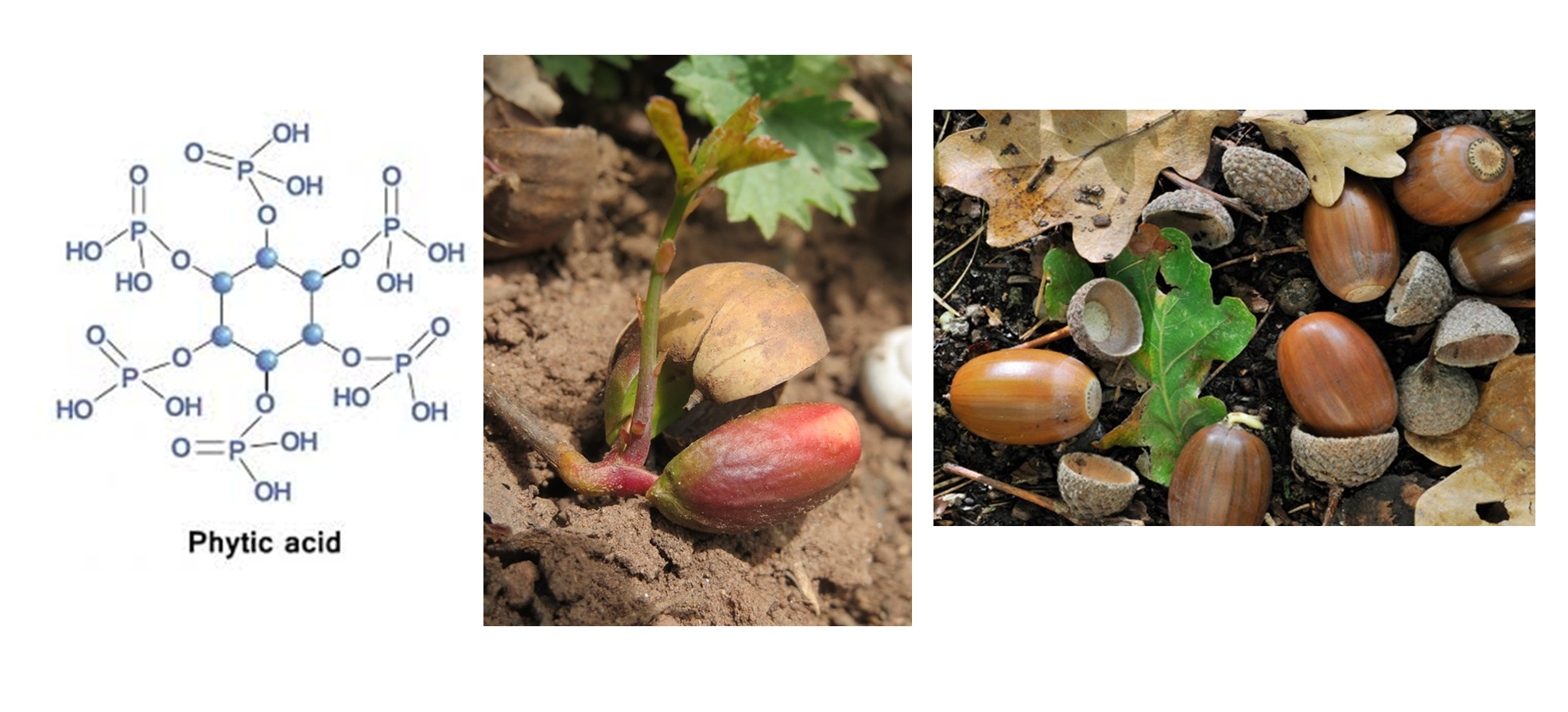 Effects of nitrogen deposition on seed phosphorus and plant survival in natural ecosystems
Effects of nitrogen deposition on seed phosphorus and plant survival in natural ecosystems
Plants allocate more than 50 % of their acquired phosphorus (P) to reproductive organs. In seeds, most of the P is stored in the form of phytic acid. In early germination stages, before the roots develops and nutrients extraction from the soil begins, phytic acid is gradually hydrolyzed and P is translocated to the growing organs to support growth. Seed phytic acid content is controlled by soil P concentrations and biological availability. Under low P conditions plants allocate less P to seeds and compromise their investment in reproduction. Thus, P limiting conditions control plant survival rates and shapes species distribution across ecosystems.
P limitation is expected to spread due to the growing anthropogenic use of nitrogen (N) for agricultural purposes, which creates stoichiometric imbalances between N and P.However, currently we do not know how increased stoichiometric imbalances between N and P will affect plant P allocation to seeds and how these changes will influence seed germination and plant reproduction in years to come.
Stoichiometric imbalances between N and P are projected to be particularly strong in the heavily fertilized Mediterranean region where agricultural N deposition is rapidly growing and droughts are expected to become more frequent and intense.
In our lab we study how growing imbalance between N and P will affect seed P concentrations and influence plant reproduction in Mediterranean ecosystem.